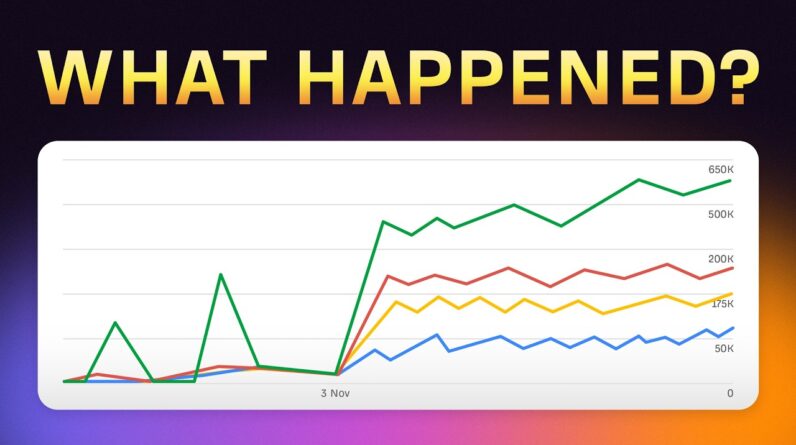
In this blog post, you will learn how to effectively structure rules in your Robots.txt file. Understanding the proper way to set up these rules is crucial for optimizing your website’s search engine visibility and performance. Let’s dive into the essential steps to ensure your Robots.txt file is correctly structured for maximum impact.
How to Structure Rules in Your Robots.txt
Introduction
When it comes to managing your website’s visibility to search engines, the robots.txt file plays a crucial role. It’s like a traffic cop, controlling which parts of your site search engines can crawl and index. Understanding how to structure rules in your robots.txt file is essential for effective SEO and ensuring that your web pages are properly indexed. Let’s dive into the nitty-gritty of crafting a well-organized robots.txt file that works seamlessly.
The Basics of Robots.txt
Before we delve into the specifics of structuring rules in your robots.txt file, let’s first understand its basics. The robots.txt file is a text file located in the root directory of your website that gives instructions to web crawlers, such as Googlebot, on how to crawl your site. By specifying rules in this file, you can control which pages or sections of your website should be accessed by search engine bots.
How to Add Rules to Your Robots.txt
-
Locate Your Robots.txt File: Access your website’s root directory via FTP or a file manager to find the robots.txt file.
-
Edit the Robots.txt File: Use a text editor to open the robots.txt file for editing.
-
Specify User-Agent: Begin by specifying the user-agent for which you want to set rules. The user-agent tells which search engine bot the rules apply to.
-
Set Rules: Define rules using directives like ‘Disallow’ to restrict access to specific pages or directories.
- Example:
User-agent: Googlebot Disallow: /private-directory
- Example:
-
Include Sitemap Information: You can also include your sitemap URL in the robots.txt file to help search engines better understand your site’s structure.
Exploring Robots.txt Structure
The robots.txt file follows a specific structure to ensure that search engine crawlers interpret the rules correctly. Here are some key points to keep in mind:
- The file can include multiple user-agent directives for different search engines.
- Each group of rules starts with a user-agent line followed by specific directives.
- Each rule should be placed on a separate line for clarity and better organization.
- The ‘Disallow’ rule is used to prevent crawling of specific pages, directories, or file types.
- It’s essential to conclude your robots.txt file with the user-agent lines, rules, and sitemap information.
Conclusion
Crafting a well-structured robots.txt file is vital for effective SEO management and ensuring that your website is crawled efficiently by search engines. By following the guidelines mentioned above and organizing your rules systematically, you can improve your site’s visibility and enhance its overall search engine performance.
FAQ: Frequently Asked Questions
-
Can I use wildcards in my robots.txt file to block multiple URLs at once?
Yes, you can use wildcards such as ‘‘ to block patterns of URLs in your robots.txt file. For example, ‘Disallow: /category//product/’ will block all URLs that contain ‘/category/’ followed by any folder and ‘/product/’.
-
Is it necessary to have a robots.txt file for every website?
While having a robots.txt file is not mandatory, it is highly recommended for controlling how search engines crawl and index your website. Without a robots.txt file, search engine bots may index sensitive or irrelevant pages.
-
Can I use the robots.txt file to hide confidential information from search engines?
The robots.txt file is not a foolproof way to hide confidential information. While it can prevent crawling of specific pages, it’s not a secure method. It’s better to use other means like password protection for sensitive data.
-
What happens if there is a syntax error in my robots.txt file?
If there is a syntax error in your robots.txt file, search engine bots may ignore the file altogether, leading to unintended crawling behavior. It’s essential to validate your robots.txt file to ensure it follows the correct syntax.
-
Can I block all search engines from crawling my site using robots.txt?
Yes, you can block all search engines from crawling your site by adding ‘User-agent: *’ followed by ‘Disallow: /’ in your robots.txt file. However, this may impact your site’s visibility in search engine results.






